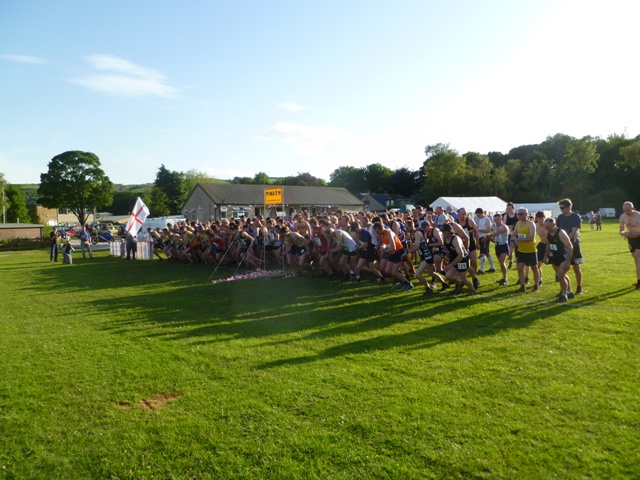I is for ITB
Illiotibial bands – or ITBs have been mentioned a number of times before on this blog. However, it’s always good to revisit things as there is pretty much always something more to say. If you are a runner or a cyclist you may well have had some kind of issue with the Illiotibial Band, the connection of fascia from the hip area down to the knee area. If you have issues either in your hip or in your feet which make your gait somewhat less efficient than normal, the ITB can “tighten” and pain results in the knee area. It … Continue reading





